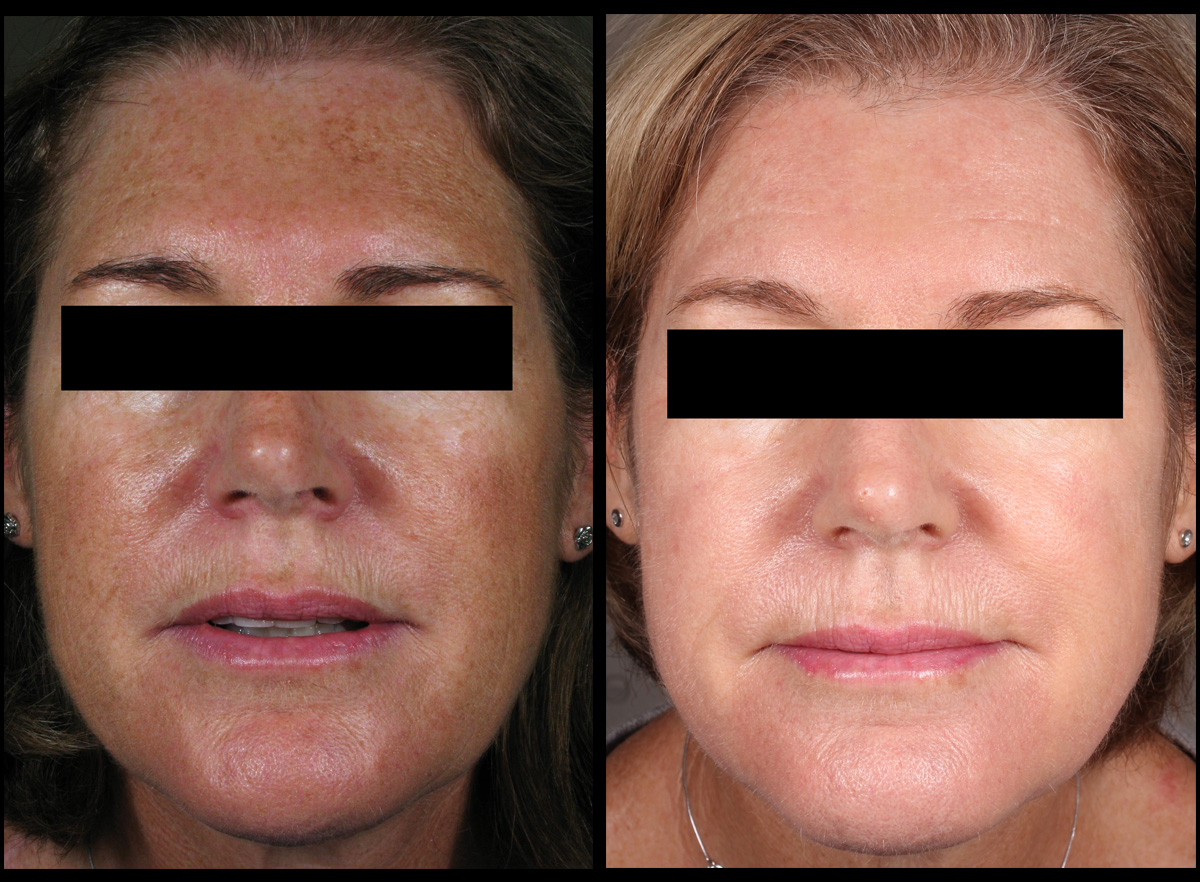This time of year one of the most common things we get asked by patients is…
“Why is my pigmentation more obvious? ”
Many find it confusing that they are tanned from holidays (smack on the hand) however rather than their pigmentation blending into their tan it’s suddenly more obvious.
So why is this?
"When people use the term pigmentation, in most cases they are referring to a condition called melasma. They will describe what looks like an uneven or blotchy tan, which generally appears on the forehead, cheeks, nose or upper lip," explains the Dermatology Institute of Victoria’s Associate Professor Greg Goodman.
“‘Pigmentation is essentially an uneven increase in melanin production.”
"Melanin is what gives your skin its colour, the more melanin you have the darker your skin. A tan is also a result of an increase in melanin production, and occurs in areas where unprotected sun exposure has occurred, in this case melanin production is stimulated by the sun and a tan is the skin’s way of trying to shade and protect its deeper layers from these dangerous cancer causing UV rays. For those prone to pigmentation, UV rays will further stimulate the melanin in those areas making them even darker, meaning that summer is your pigmentation's worst enemy."
The sun is not the only trigger for pigmentation, hormones often play an important role, so to read more about how pregnancy can increase pigmentation click here.
What can I do to prevent my pigmentation from getting worse?
Step 1 prevention:
Sun protection is hugely important. Putting 50+ broad spectrum sunscreen on every morning and reapplying at least twice more if outside is a great start. Adding a wide brimmed hat is also really helpful as well as staying in the shade as much as possible. Preventing the problem is always easier than fixing it so everyone should take this easy and cheap option.
Sun protection must continue even if it’s “too late” and you’ve developed pigmentation as it will stop it getting worse and allow the skin time to start repairing itself.
Step 2 skincare:
There are effective and proven skincare ingredients that help to prevent pigmentation, lighten skin discolouration and suppress melanin production. DIV prides itself on offering our clients effective skincare products that are chosen specially for their efficacy.
These products contain a mixture of ingredients that work on several levels to improve pigmentation such as antioxidants to fight free radicals, niacinamide which helps to enhance the barrier function of the skin, vitamin A which helps to even out skin tone, as well as peptides and liquorice root extract for skin brightening.
Step 3 in clinic treatment:
If you have tried skincare and sun protection and your pigmentation isn’t fading it might be time to see a pigmentation specialist at DIV. Treatment for pigmentation can range from prescription medication to in-clinic peels, to light or laser treatments. As a rule we prefer to treat pigmentation outside of the warmer months as additional sun exposure immediately after treatment can exacerbate the condition. However it is good to come in early so that a treatment plan can be devised for you and appointments booked at appropriate times.
This patient was treated for sun induced pigmentation using the Fraxel laser. Treatment performed by Tara Coetzer RN.
*All results shown on our website have been achieved by our team members. Please note that results are individual and may vary.




